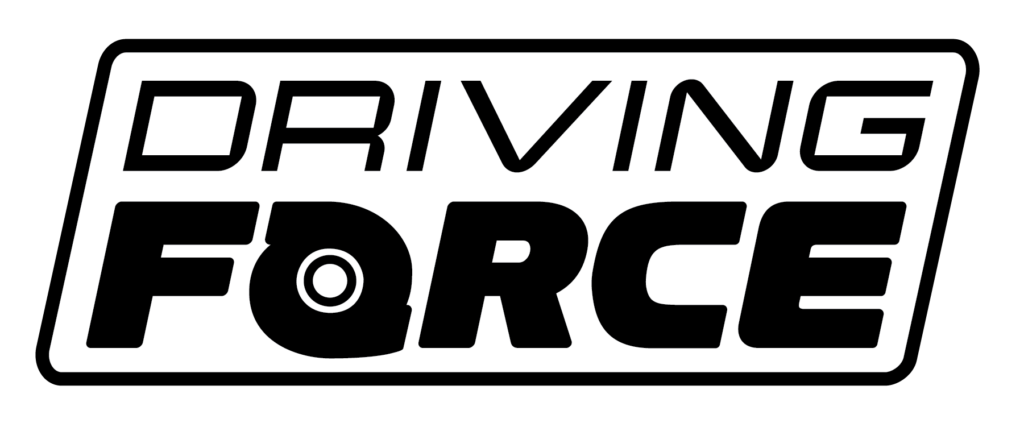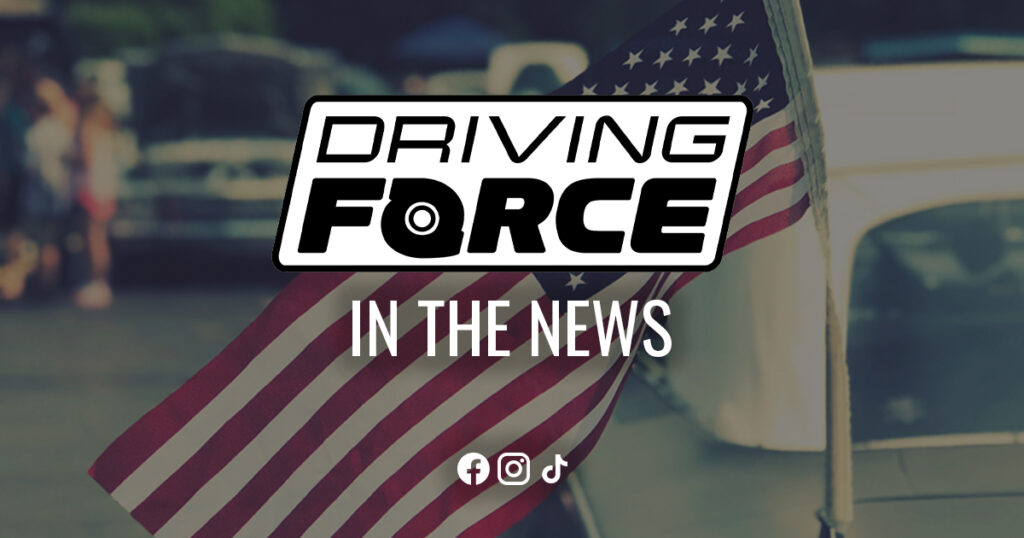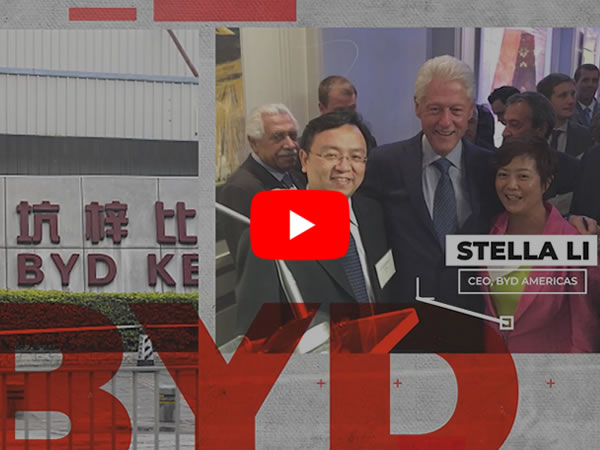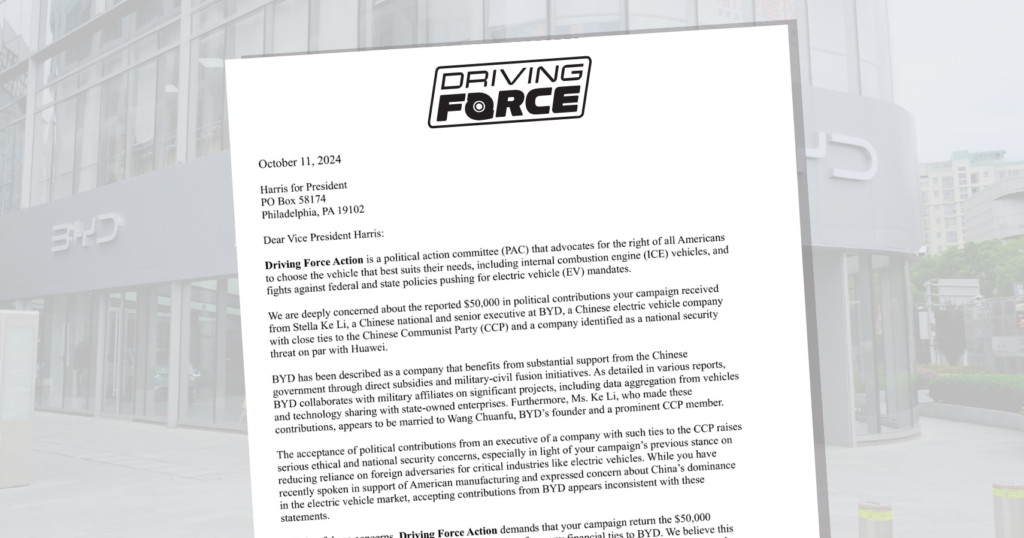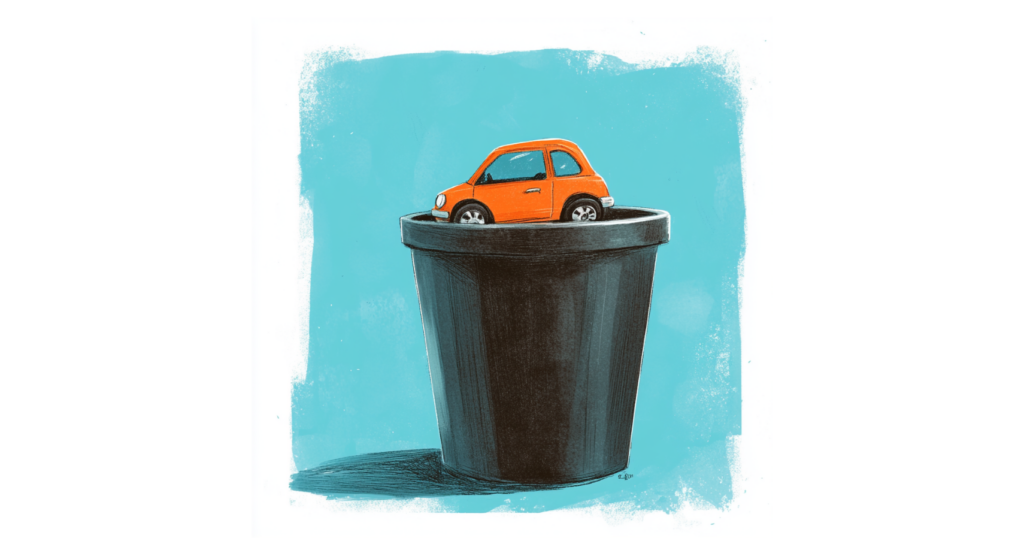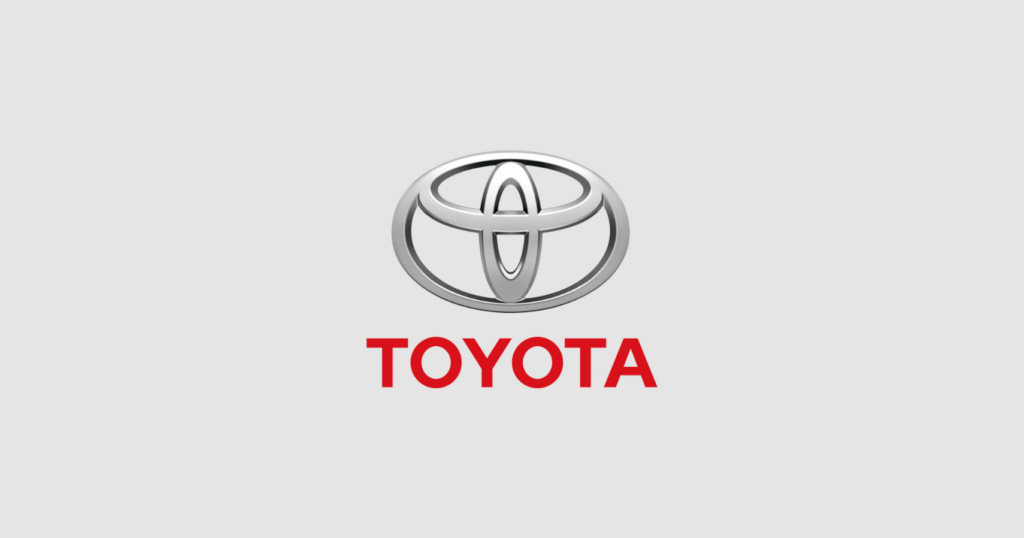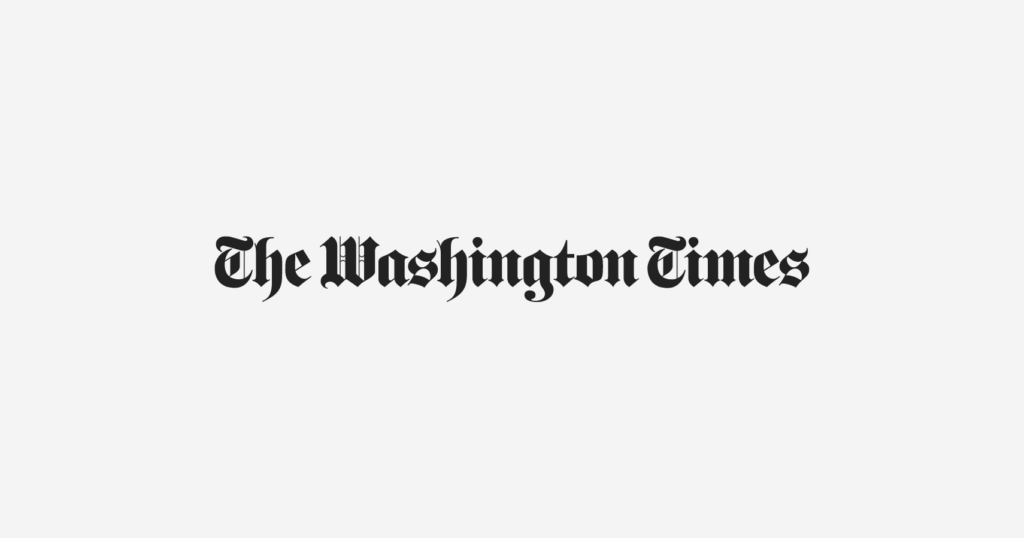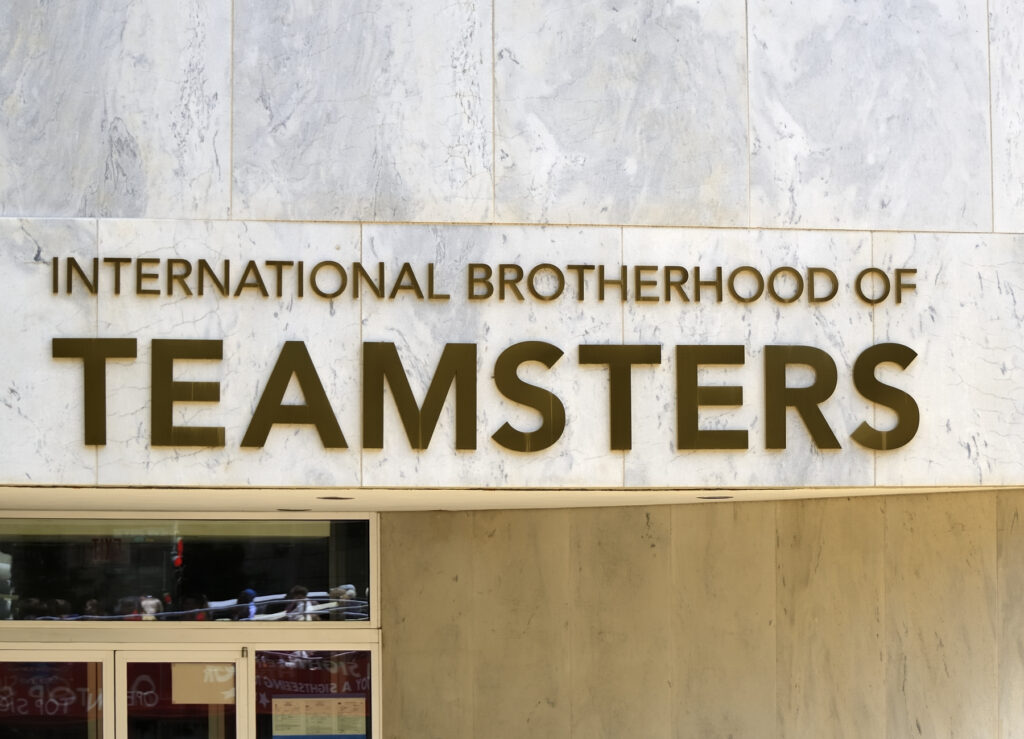The push for ICE bans may seem like a noble environmental cause to some, but beneath the surface lies an alarming truth – these bans will disproportionately impact low-income, rural, and even minority car owners the most. It’s easy for wealthy politicians from high-income districts to push ICE bans — it won’t affect their constituents, but it completely ignores the hardships such bans will inevitably place on disadvantaged communities.
So, let’s delve into the consequences of ICE bans on car owners in vulnerable communities to understand better what these foolish policies really mean to low income and rural areas and how they will almost certainly create “transportation deserts” (stick with us, we’ll explain) in vulnerable communities throughout the country.
The Huge Disconnect between Wealthy Politicians and Their Constituents
Wealthy, elite politicians representing affluent districts may champion ICE bans with good intentions, but they completely fail to grasp the far-reaching consequences for their less privileged constituents.
In their upscale neighborhoods, constituents can easily afford pricey EV’s, EV charging infrastructure is readily available, and the transition to electric vehicles is in many ways easier. This same luxury is just not available to rural, low-income, and minority communities.
Infrastructure Disparity in Low-Income and Rural Districts
The impact of ICE bans is felt most acutely in low-income and rural districts, where EV charging infrastructure is still scarce or nonexistent. The lack of investment in charging infrastructure in these regions exacerbates transportation inequalities, making it challenging for car owners to switch to electric vehicles.
You can see for yourself how ICE bans will impact low income and rural consumers. Just look at the two maps below. Virginia is one of 35 states to enact an ICE ban, a ban that Governor Glenn Youngkin has promised to overturn if Republicans win back the legislature in the fall. See all those purple and green counties in the first map? Those are the highest income areas of the state. Lots of charging stations. The red, pink, and yellow low income counties? Not so much.
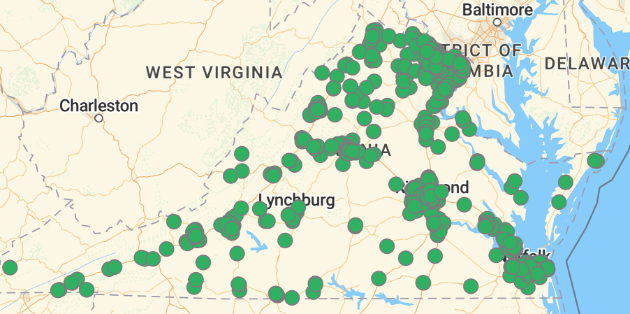
Source: VACleanCities.org
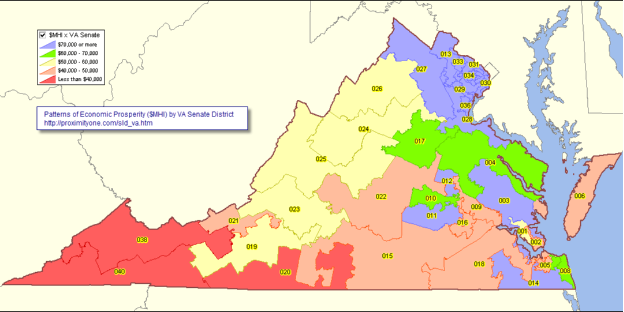
Source: ProximityOne.com
Will ICE Bans Lead to “Transportation Deserts”?
Much like food deserts, where disadvantaged neighborhoods lack access to grocery stores offering fresh produce and access to real food, ICE bans may lead to “transportation deserts.” In these areas, limited charging infrastructure hinders EV adoption, effectively isolating residents from sustainable transportation options. As a result, low-income, rural and minority car owners – often the folks who rely on transportation the most — will be left high and dry.
There is nothing inherently wrong with EV’s of course. They are one of many important alternative fuel technologies. But an outright ban on internal combustion engines favors EV’s only and will have a disastrous impact on low-income car owners.
